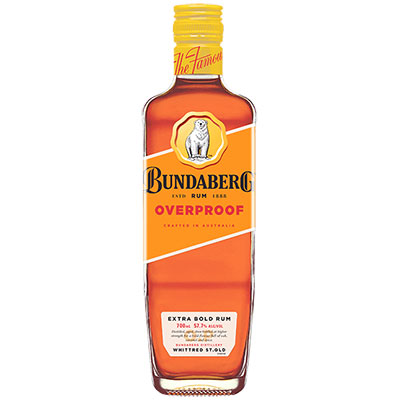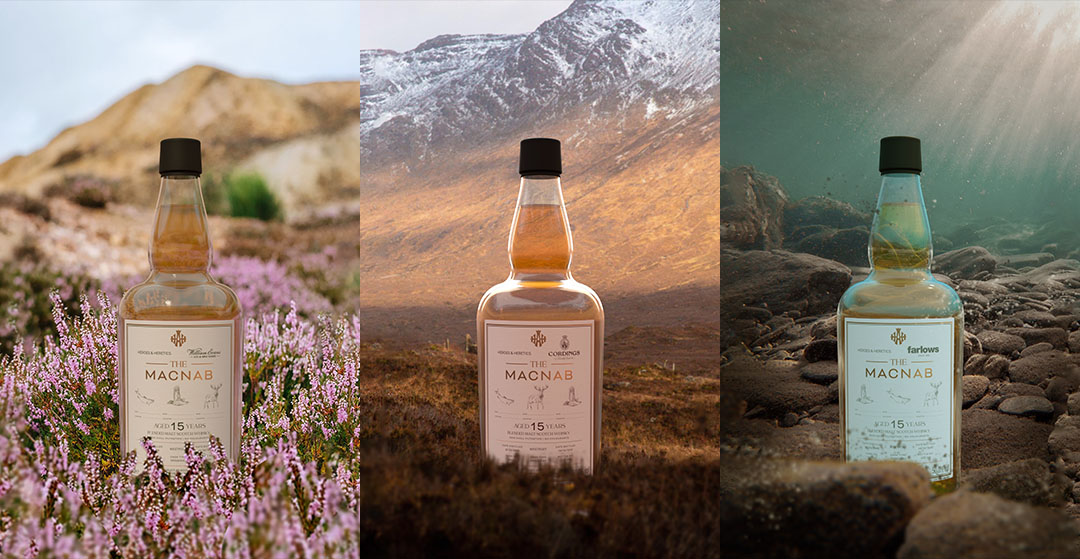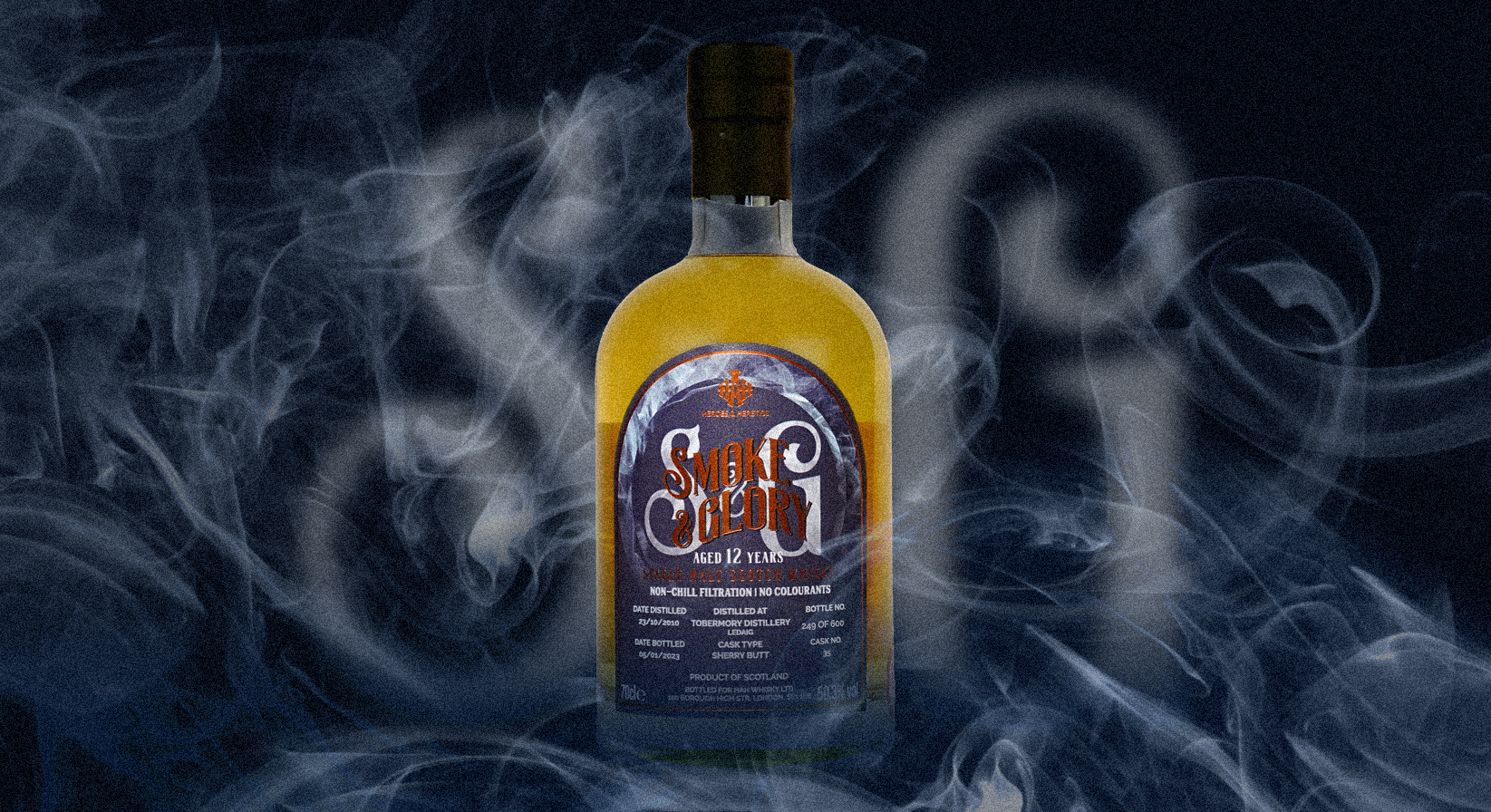There has been a recent industry trend in the production of high strength spirits (particularly for the use in cocktails), but some of these world’s strongest spirits test the limits of human consumption. Some can be lethal on their own and are illegal in many countries. But what about the proof?
I was first introduced to the concept of ‘proof’ while studying biochemistry and physiology at University. Later, I would routinely use a 70% Ethanol (alcohol) solution (which can be lethal to humans, as well as bacteria) when I was doing medical research in Cambridge. I used it to clean / sterilise my work space (it is a powerful biocide – kills living cells) while experimenting on the causes of arthritis.
While it was then a theoretical concept (with practical implications), I came to what to know more about the significance of this measurement called ‘proof’. A good friend from Australia (we can call him John), brought over some Bundaberg Rum (OP). He insisted we had to drink this interesting liquid (and not knowing what OP meant). John led us all astray.

In fact, Bundaberg OP Rum has been around as for as long as it’s Underproof brother. It is based on the same spirit, and blended to the higher strength by adding less pure water in the marrying tanks than UP Rum. Underproof means the rum is less that 50% Alc / Vol and Overproof means the rum is over 50% Alc / Vol. Bundaberg Rum OP is blended to 57.7% Alc / Vol. The stronger blend brings out more of the rich, intense character that is the signature of all Bundaberg Rum products.
Like Bundaberg UP Rum variations of Bundaberg OP Rum are numerous and varied. Variations included different alcohol strengths, 50%, 57.7% (1 OP), 75.9% (33 OP) and 77.6%. Different bottle shapes, label changes, imperial and metric volumes, as well as different bottlers. John has brought many variations to my home be sampled. Thanks John!
‘Proof’ is now an outdated term but it has an interesting history and difference measurement of it have come about over time. The measurement of alcohol content and the statement of content on bottles of alcoholic beverages is regulated by law in many countries.
The use of the term ‘proof’ relating to alcohol content of liquors comes from 16th-century England. When used in this context, the word refers to ‘a test, trial or demonstration.’
This same usage is found in the well-known phrase, ‘The proof of the pudding is in the eating’ meaning that the test of whether the pudding is a success is in the eating.
The proof system is based on the selection of an arbitrary standard (called 100 proof) typical of the alcohol content of distilled liquors and the rating of the alcohol content of other beverages in terms of how much larger or smaller they are relative to this standard. The proof system was originally established for purposes of taxing liquors according to their alcohol content and varies from country to country.
Spirits were tested by soaking a pellet of gunpowder in them. If the gunpowder could still burn, the spirits were rated above proof and taxed at a higher rate.
Sailors also wanted to know what they were drinking and shipping when unloading their ships of rum. They had only one way to tell the strength of the liquor they were carrying. They would mix a little bit of rum with a pinch of gunpowder and drop a lighted match into the mixture. If it ignited with an audible ‘proof’, the sailors knew at least half the content was alcohol.
As gunpowder would not burn if soaked in rum that contained less than 57.15% ABV, rum that contained this percentage of alcohol was defined as having 100 ‘degrees proof’.
By the end of the 17th century, England had introduced specific gravity as the criterion for measuring proof or alcohol content. Since this was highly sensitive to temperature, it resulted in numerous problems with standardization.
The gunpowder test was officially replaced by a specific gravity test in 1816. Then the primary standard precisely defined as 12 / 13th the specific gravity of pure distilled water at the same temperature.
The United States proof system (which by good fortune was a lot simpler) was established around 1848 and was based directly on percent alcohol by volume rather than specific gravity, with 50% alcohol by volume being taken as typical of strong distilled liquors and as the ‘100 proof standard’. Simple really.
However, the most scientific scale (and I love Science), was that used in France. It was established in 1824 by the famous French chemist, Joseph-Louis Gay-Lussac which took 100% alcohol by volume as 100 proof and 100% water by volume as 0 proof.
Thus 100 proof on the American scale is 50 proof on the French scale and about 87.6 proof on the British scale.
All in all, it is a good example of what happens when standards are set by politicians instead of scientists. See also Brexit.
In common with other EU countries, on 1 January 1980 (and this not set to change after Brexit), Britain adopted the system of measurement recommended by the International Organisation of Legal Metrology, a body with most major nations among its members. The OIML system measures alcohol strength as a percentage of alcohol by volume at a temperature of 20°C. Using the OIML scale or the GL scale is essentially the same as measuring alcohol by volume except that the figures in the latter case are expressed in degrees, not percentages and measured at a temperature of 15 °C.
Along with the resurgence in cocktail culture, a growing number of distillers have stepped into the high strength spirits category. Bartenders praise the depth of flavour such variants add to cocktails, while consumers relish the opportunity to try something a little different.
The category is not without controversy with numerous country’s imposing bans on the import and sale of high strength spirits. Most recently, many US states banned the sale of high strength grain alcohol at 95% ABV or above.
However, many members of the spirits industry believe that while creating a higher strength product for the pure sake of it is irresponsible, distillers should have the freedom to experiment in the category if it adds to the quality and flavour of their product.
Here are 3 examples of very high (and potentially lethal – think of my 75% Ethanol solution killing any bacteria or cell) OP drinks and must never be drunk neat:
1. Bruichladdich X4 (92% Alcohol)
Good luck bringing this one to a whisky tastery. This Scottish single malt contains no less than 92% alcohol. Well, it has been distilled no less than 4 times. The brand got a lot of fame when the British national television station BBC successfully fuelled a car with this stuff, as you can see in the video here.
2. Bacardi 151 (75.5% Alcohol)
This highly alcoholic rum made by Bacardi Limited of Hamilton, Bermuda comes with a stainless-steel fire arrestor which is built into the bottle neck and it is highly inflammable. It is popularly used in small quantities to make rum-based cocktails like Cuba-Libre and Daiquiris. Just don’t try to have this drink neat. Ever.
3. Sunset Rum (84.5% Alcohol)
This is one of the world’s most powerful rum that was also awarded the title of ‘The World’s Best Overproof Rum’ in 2018 by World Rum Awards. Even the label on the bottle recommends that you drink it with a mixer because it cause a burning sensation in your throat if you overindulge. Having it neat can also cause serious burns so and must not be taken without dilution.
Always check the alcohol content and drink responsibly.



You must be logged in to post a comment.